"Mewing" Is A Viral New Trend Among Students, And This 36-Year-Old Teacher Explained Why It's "Smug" And "Rude"
Internet trends can be fun and bring people together, but do they belong in the classroom? Recently, Teresa Newman, a middle and high school teacher, took to TikTok to explain the latest — and seemingly disrespectful — viral trend she's noticed her students doing: Mewing.
TikTok: @teresakayenewman / Via tiktok.com
In the TikTok, which has been viewed over 6.5 million times and has over 10,000 comments, the 36-year-old teacher from Texas starts the video by exasperatingly declaring: "I think this 'mewing' trend with students is probably gonna be the final reason that I decide to never return to the classroom to teach ever again."
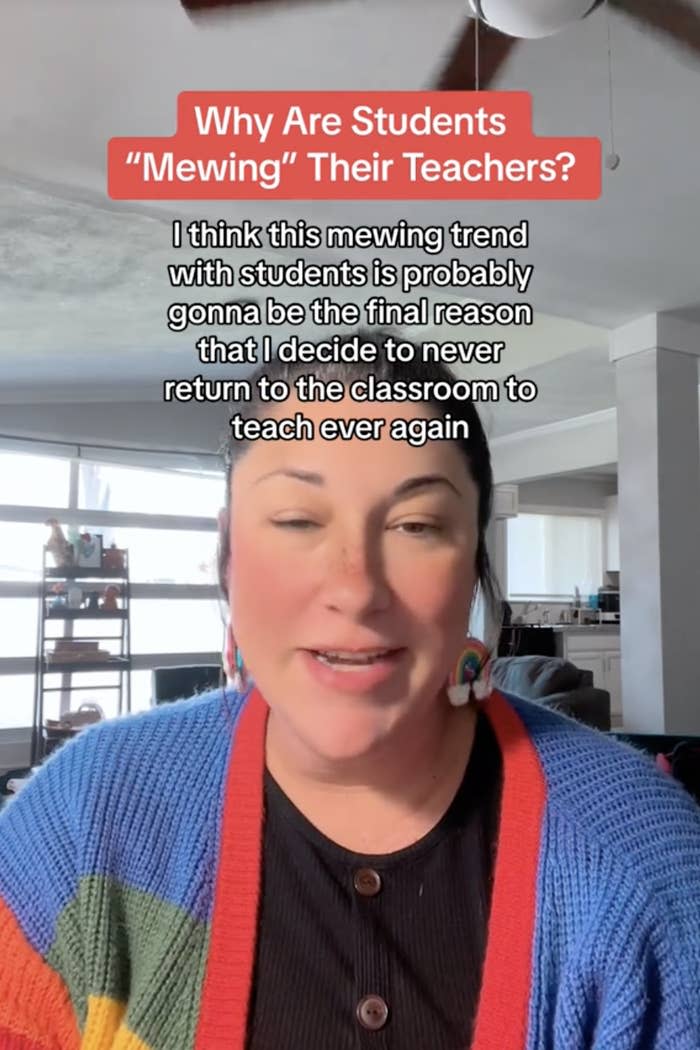
But what exactly is mewing? Well, before it was a trend adopted by older Gen A'ers (those born around 2010) and younger Gen Z'ers (late 2000s babies), it was a viral do-it-yourself technique that allegedly helps with face shape. Named after orthodontist Dr. Mike Mew, mewing involves positioning your tongue in a resting position at the roof of your mouth, which, over time, supposedly creates a sharper jawline.
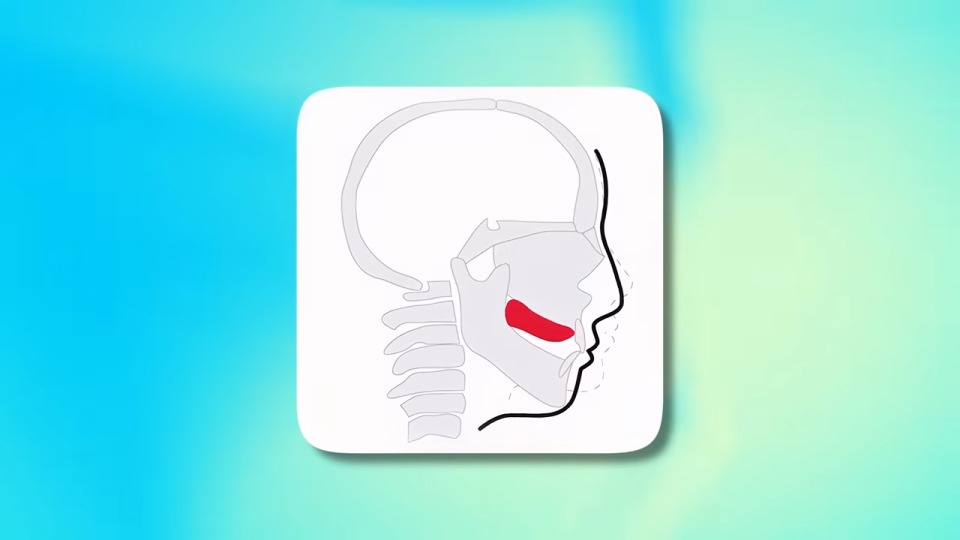
Though there isn't enough evidence to support that mewing can drastically define your jawline, that certainly hasn't stopped younger folks from turning the technique into a social trend. On TikTok, the terms "mewing" and "mew" have over 600,000 posts affiliated with them.
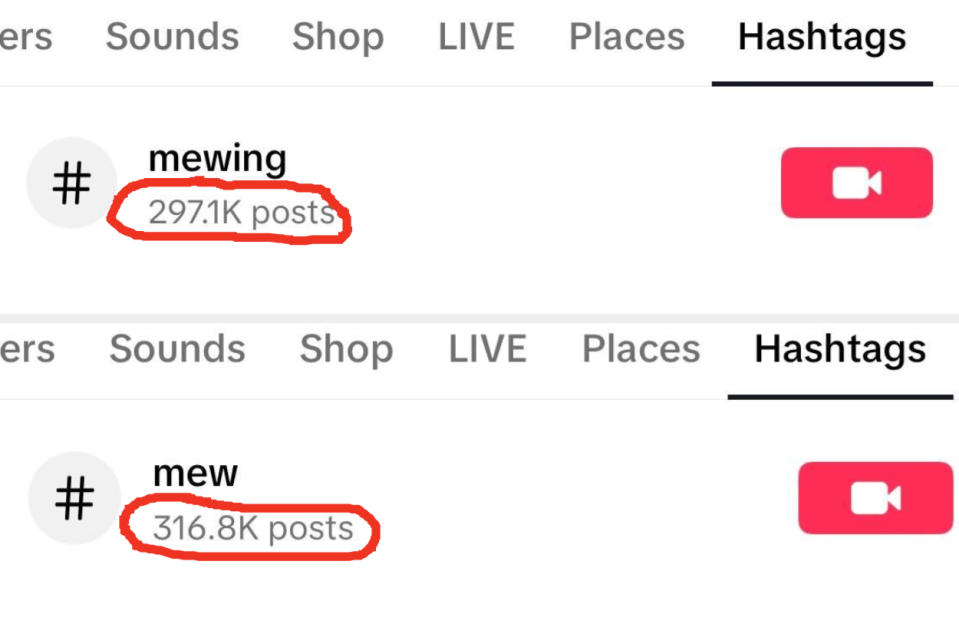
According to Teresa, though, mewing has evolved from a face-shaping trend to a non-verbal, dismissive gesture. The action consists of a shushing motion followed by pointing to your jawline and tracing the outline of it — and Teresa notes that her students have been doing it in the classroom.
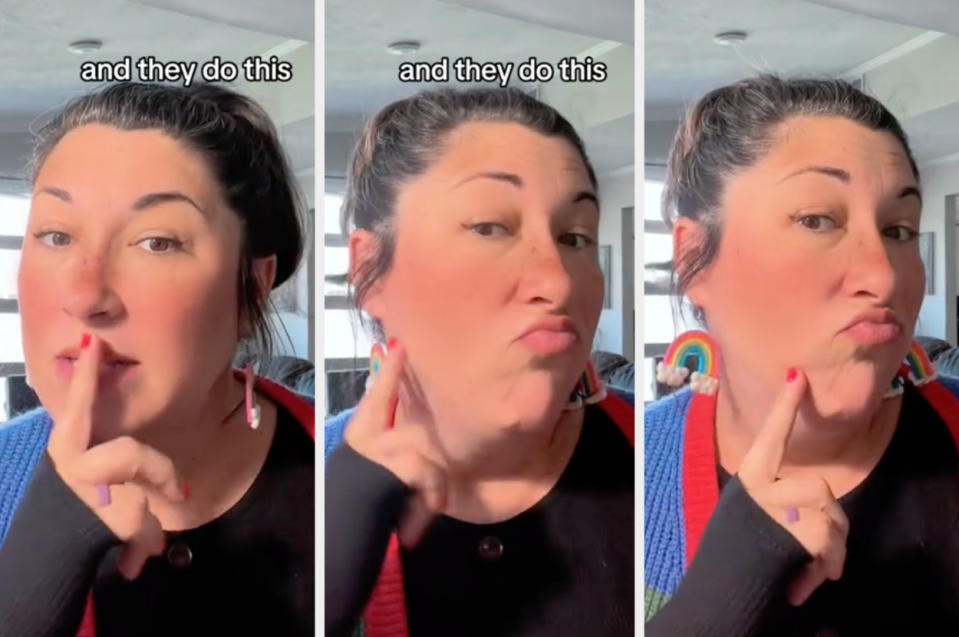
"[Mewing is] a gesture that kids are making toward other people that signals to that person that they don't care what they have to say, or they're too busy being silent doing the mewing technique to respond to them," Teresa explains in her video. "It's basically just another way to be dismissive of somebody."
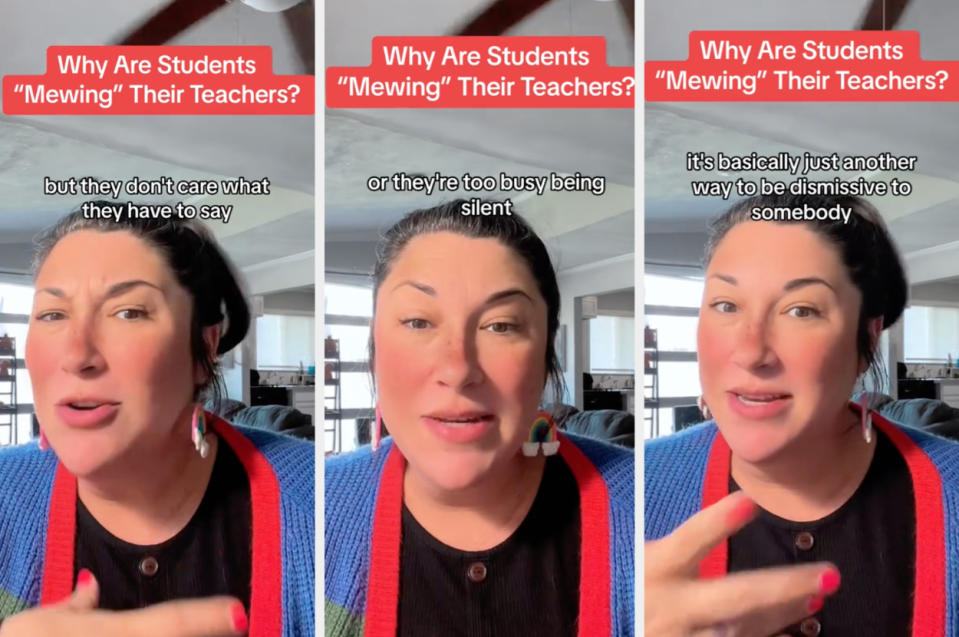
Essentially, when a teacher is asking a question to a student or trying to tell them something, the kid will mew at them to indicate that they're "unavailable" to listen or communicate because they are mewing. And though the mewing gesture isn't inherently harmful, Teresa says that the students have been mewing to be disrespectful toward teachers without teachers even realizing it. "[The gesture] doesn't really signify anything specific unless you know exactly what it means and why [the kids] are doing it," she says in her TikTok.
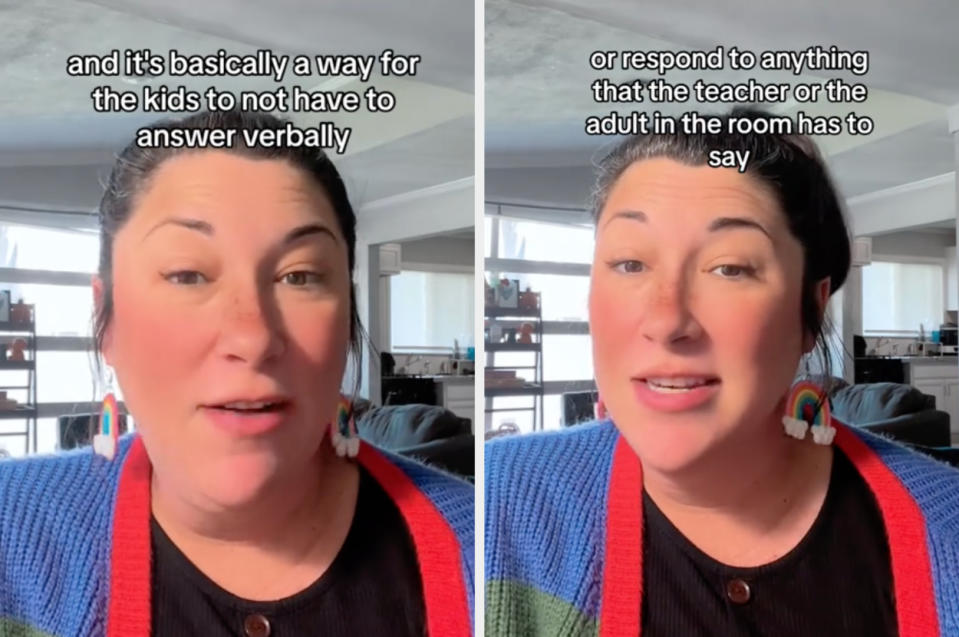
"It's basically a way for the kids not to have to answer verbally," Teresa continues, "or respond to anything that the teacher or the adult in the room has to say."
While it's true that students mew at each other as well, making the gesture in the classroom is seemingly intended to embarrass teachers and is used as a medium by students to avoid participating. Teresa, who describes it as a "power play" on the kid's end, says that students mew to avoid taking accountability for upholding classroom expectations. "The teacher can't really respond in a way that's helpful or useful," Teresa says in the video, "because if they try to get [the kids] in trouble or try to question the gesture — if they try to respond in some way that's going to stop the gesture from happening again — there's really no way to prove the gesture is in and of itself disrespectful or harmful."
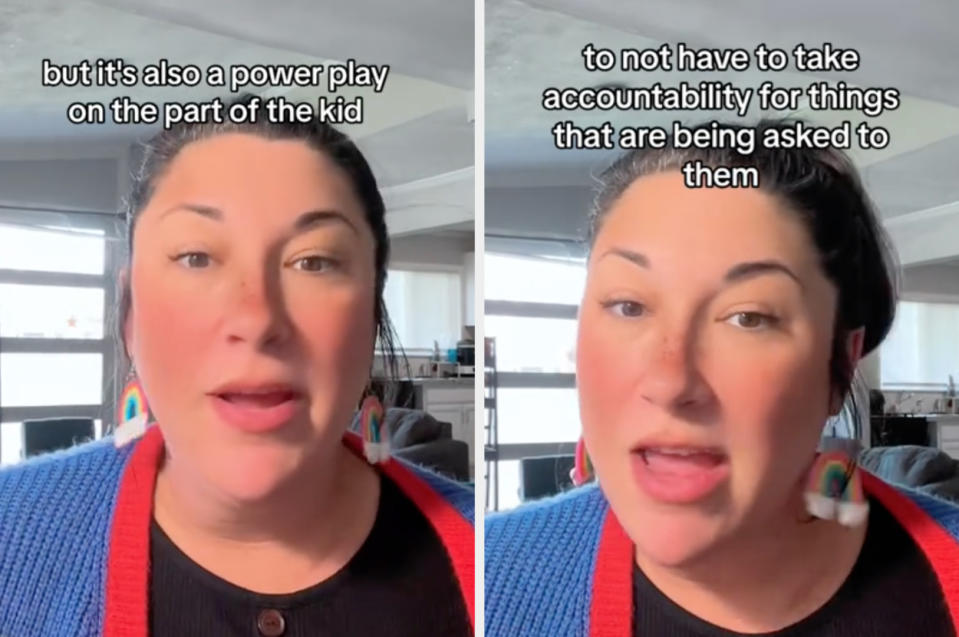
Because of that, students who see other students mew in the classroom are giving encouraging reactions, prodding them to continue making the gesture. Though some people may view this behavior as "kids just being kids," Teresa, who's been an educator for 13 years, says that kids are completely aware of what disruptive behavior looks like. In her TikTok, she addresses this by explaining, "It's so easy for kids to look at criticisms of this gesture and this trend and go, 'Why are you doing all this? Why are you so mad? It's just a joke; it's just a meme.' But in reality," Teresa continues, "they absolutely understand how dismissive and disrespectful it is of the person that's trying to engage with them, especially in a learning environment."
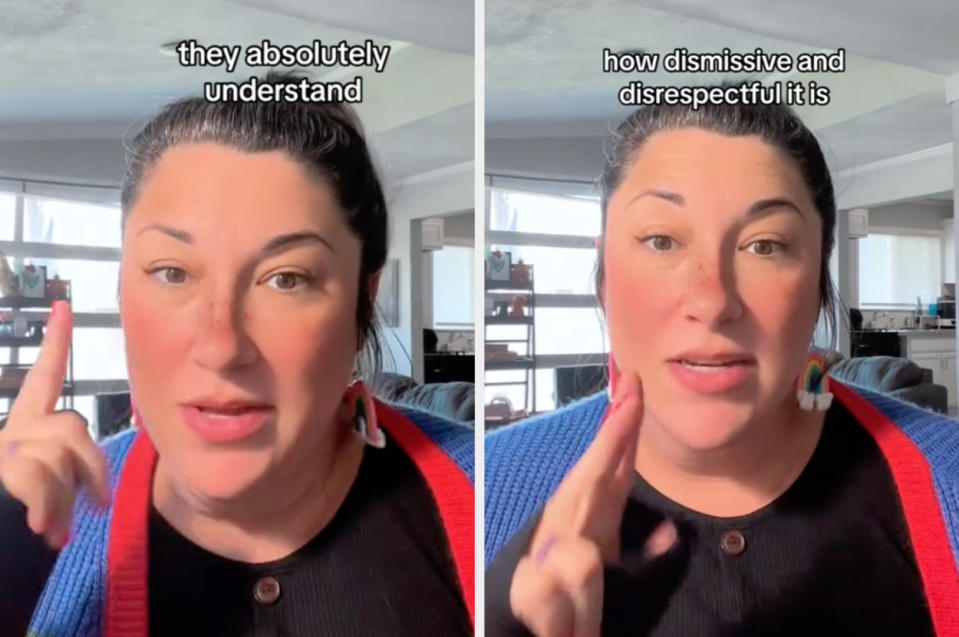
"They also understand how hurtful it can be when somebody's trying to engage with them," she explains. When a kid mews at someone trying to communicate with them, the gesture comes off as disinterested and disparaging.
Teresa elaborates that kids might not see mewing in the classroom as a big deal, but it certainly is for teachers. When students bring disruptive behaviors to the class — even just non-verbal gestures like mewing — and play it off as nonchalant fun, it unwinds the hard work that teachers put into trying to get everyone engaged and focused on lessons. As she puts it: "There's always a place and time to use a meme. But in a classroom environment...for kids to be [mewing] every single day, over and over, to people who are just trying to give them an enriching educational experience, it pisses me off. And I don't find it funny at all."
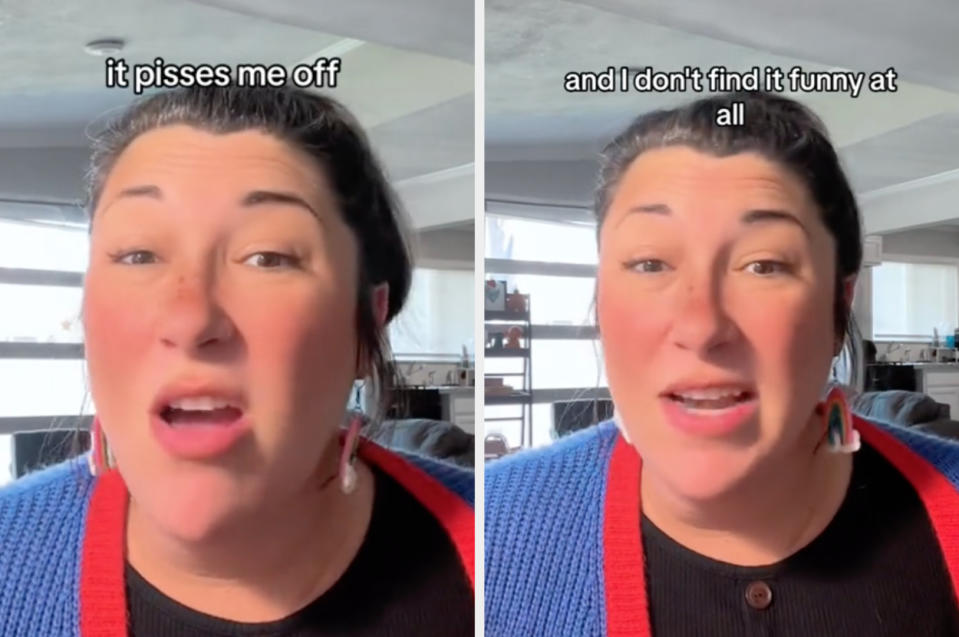
Ironically, people in the TikTok comments have been using emojis to mimic the mewing motion, seemingly to dismiss the points Teresa has been making throughout the video. One of the problems with this, though, is that the emoji followed by the shushing emoji is a sign in American Sign Language meant to indicate a deaf or hard-of-hearing person. Not only can the mewing gesture be seen as disrespectful in learning environments, but it can also be inappropriately used in a way that is inconsiderate of the Deaf community, as it incorporates an ASL sign that has nothing to do with the trend.
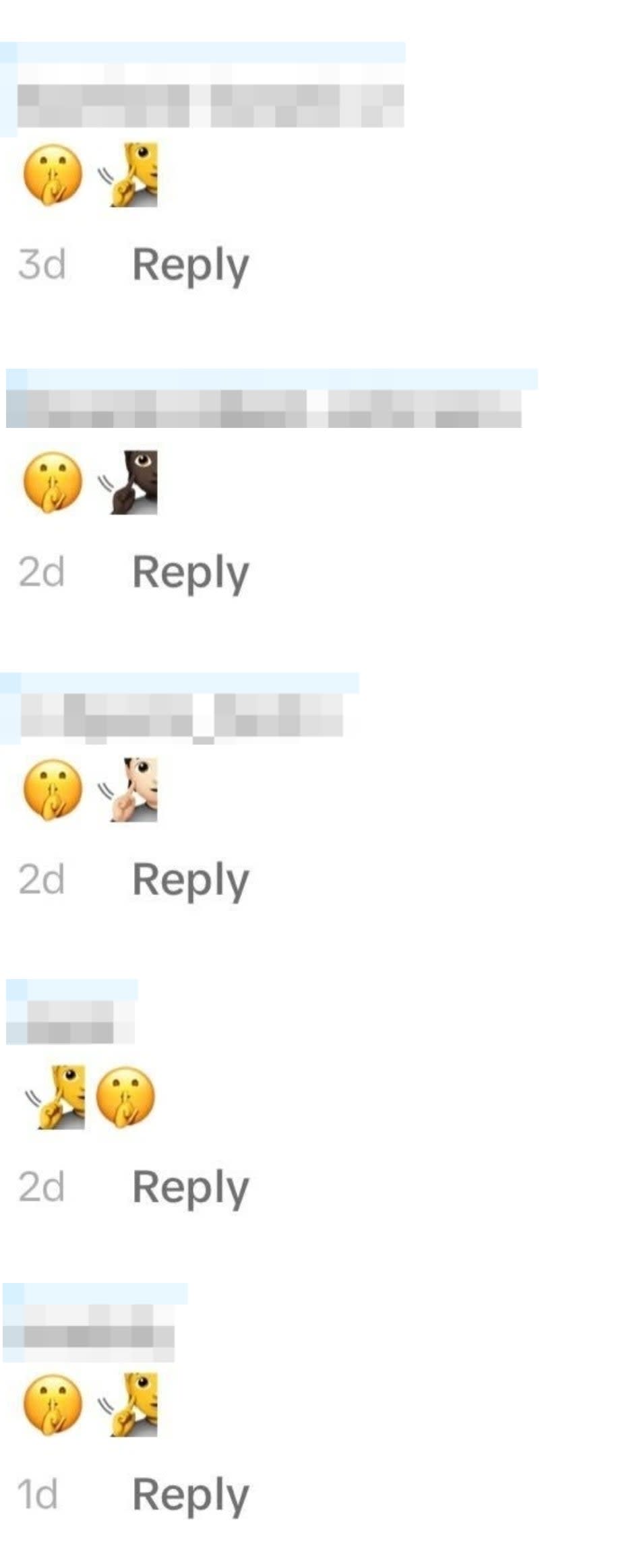
But mewing is just one piece of the problem that Teresa has noticed in her years of being an educator. In fact, she believes that the bigger problem lies within kids nowadays not taking "one single second of the day seriously." And though it may be argued that kids never took anything seriously back then, Teresa believes there's a significant difference between kids in the classroom in past years versus recently. As she mentions in her TikTok: "They take everybody's feelings for granted; they don't care how what they say or do makes people feel." And as much as she hates to admit it, Teresa told BuzzFeed that it's more difficult managing behaviors and connecting with students now than before 2020 — and it has more to do with social media than the pandemic.
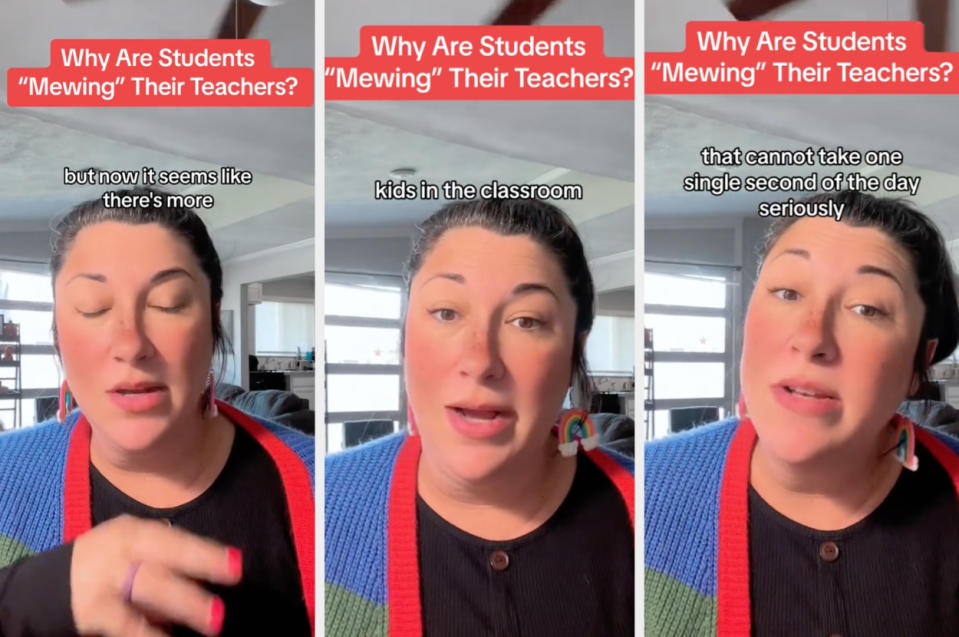
In an interview with Teresa, she explained to BuzzFeed how social media has played a role in isolating children more in the long run. Because kids at an early age are so impressionable, mimicking the behaviors and actions of the content creators they're watching has made it difficult for them to discern how their actions and words affect others. "Life has become one big content farm," she said, "whether they are pointing the camera and uploading videos or not." But the blame is not wholly put on the child. As Teresa puts it, parents play a huge role in the success of their child in the classroom.
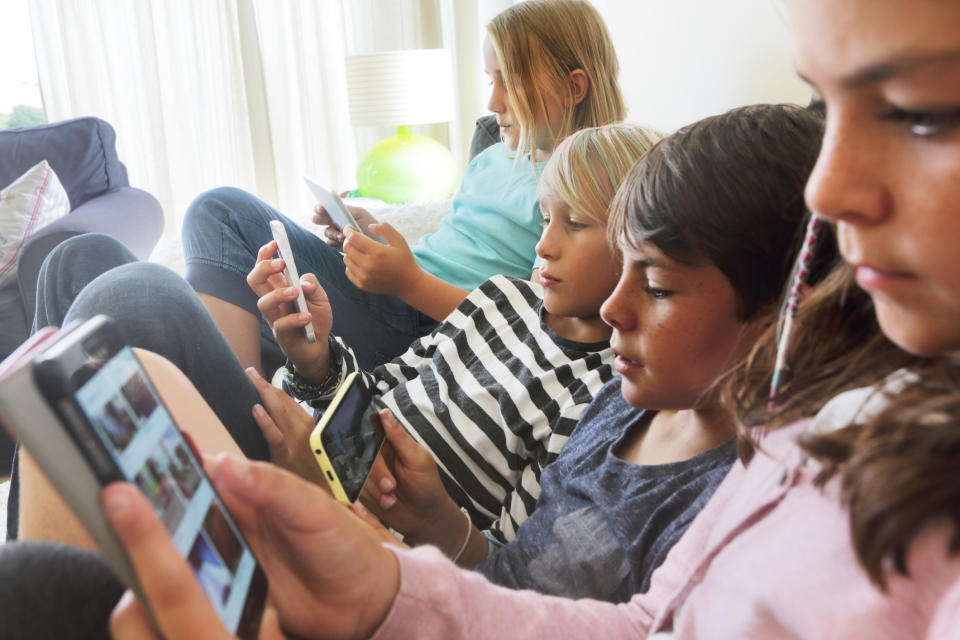
According to Teresa, the choices parents make for their kids at home — specifically surrounding screen time, boundaries and consequences, emotional regulation, and childhood autonomy — correspond with a child's success in the classroom. And it's in those areas where Teresa thinks parents typically drop the ball. "[Parents] give their kid far too little structure around boundaries and consequences, screen time, and healthy ways to handle uncomfortable emotions," she told BuzzFeed. "Kids with too much adult-like autonomy and too little structure in their daily lives are struggling the most right now."
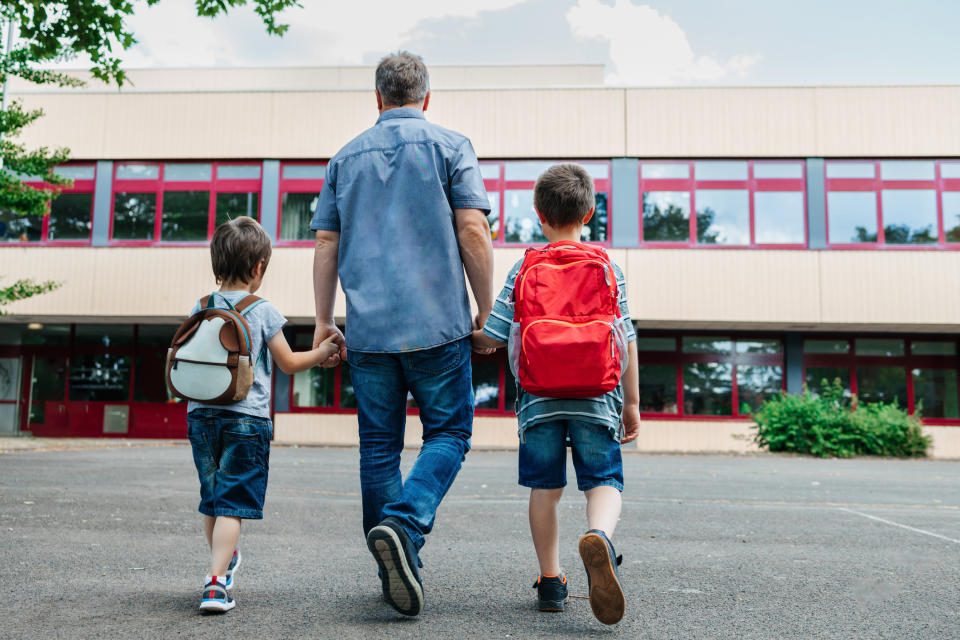
Fellow teachers came in support of Teresa through the TikTok comments, with some of them explaining how they handle their own students and mewing. One user said, "I mew back at them. My students asked if I knew what it was, I did the gesture, and the problem was solved. Now they don't do it."
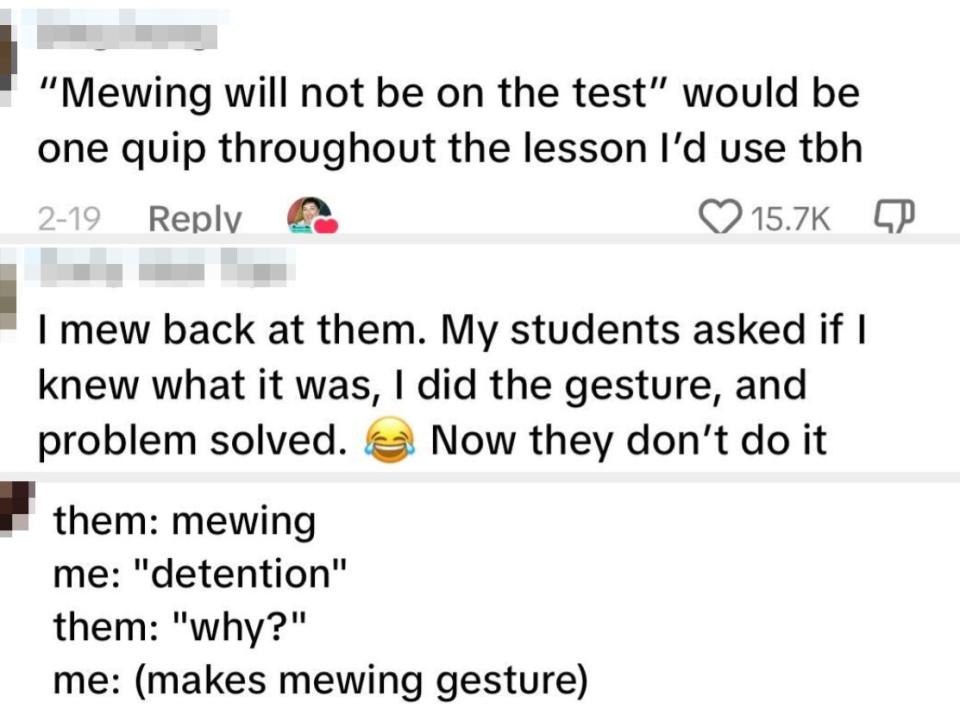
Other educators took to the comments to express the difficulties of dealing with such a trend, with one teacher saying, "Every day in my classroom. Not only is it that but the literal sound 'mew' from my students. It's hard being a first-year teacher right now."
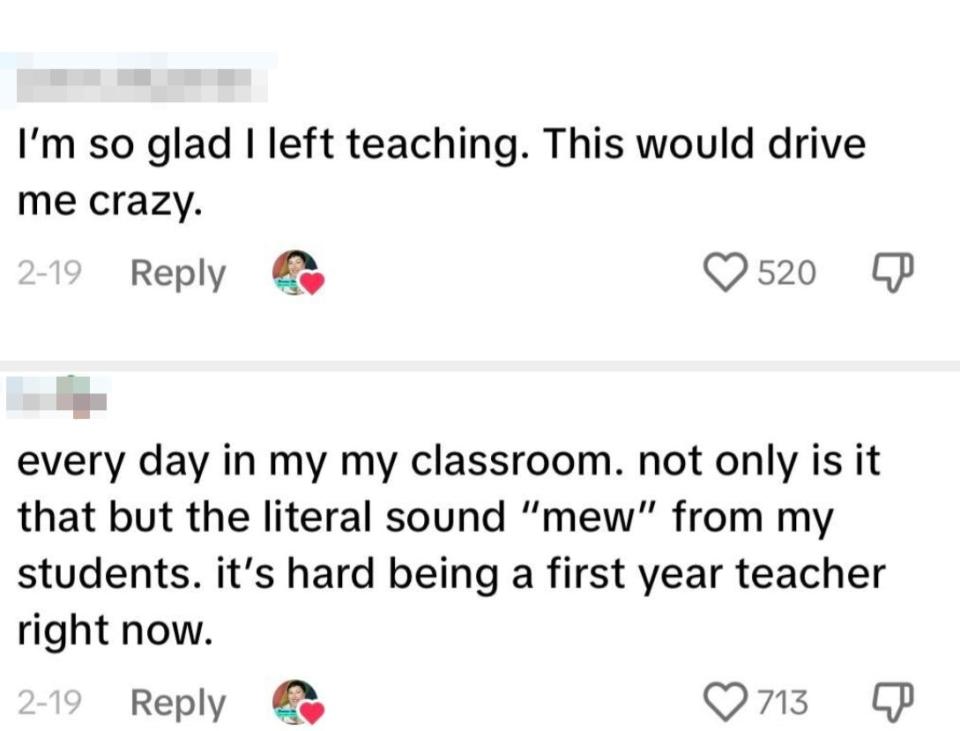
When asked how she responds to students who display disruptive behavior like mewing in the classroom, Teresa stressed the importance of being consistent in using the same classroom consequences one would use for any other situation where the student chooses not to participate or listen. She also advises that teachers who face these kinds of circumstances shouldn't display outward anger or frustration since those are the kinds of reactions students are looking for. "It’s important, no matter how much you might be ridiculed for it, to have conversations about these trends with other educators and parents so we all stay informed and at the front of it," Teresa explained to BuzzFeed.
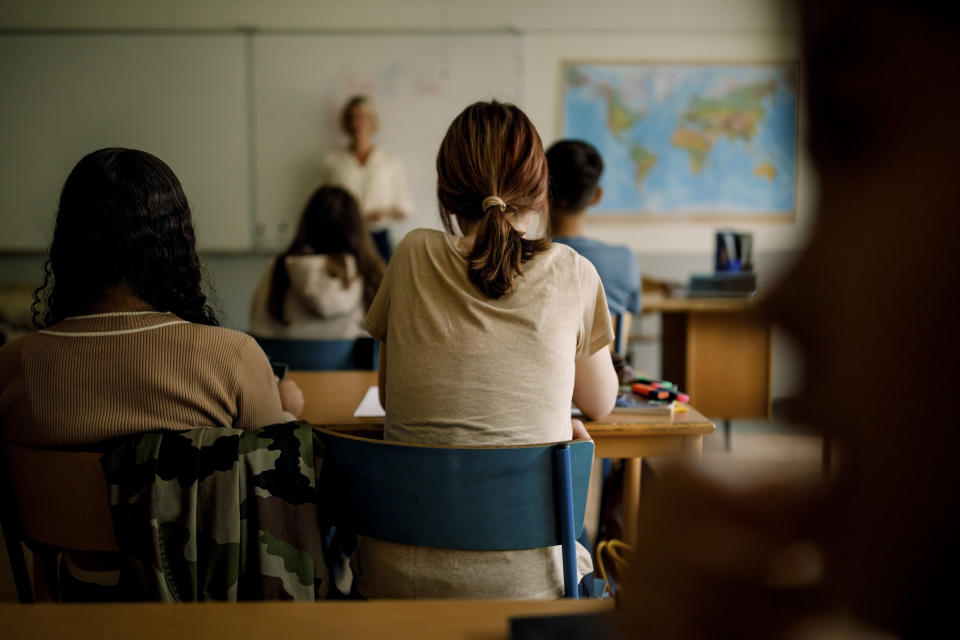
Teresa clarifies that teachers aren't asking kids not to be kids or to not participate in trends but to have respect and some consideration. Trend or not, she believes that no one in a work and learning environment should respond to someone actively trying to engage with them by using an inappropriate silent gesture. As Teresa puts it: "It's smug, it's rude, and I don't care how much you think it's fun or funny, or how young you are, or how little you take seriously the situation."
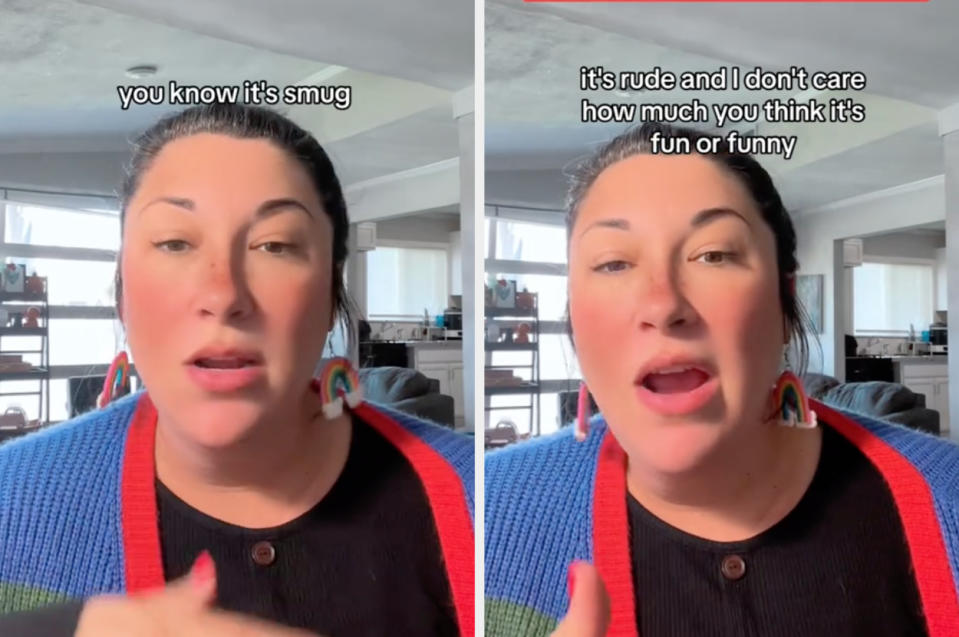
Have you ever heard of mewing? If you're a teacher, have you ever dealt with disruptive behaviors from students due to social media trends? If so, what were they? Let me know in the comments, or you can submit anonymously using this form.
For more content from Teresa, you can follow her on TikTok.

